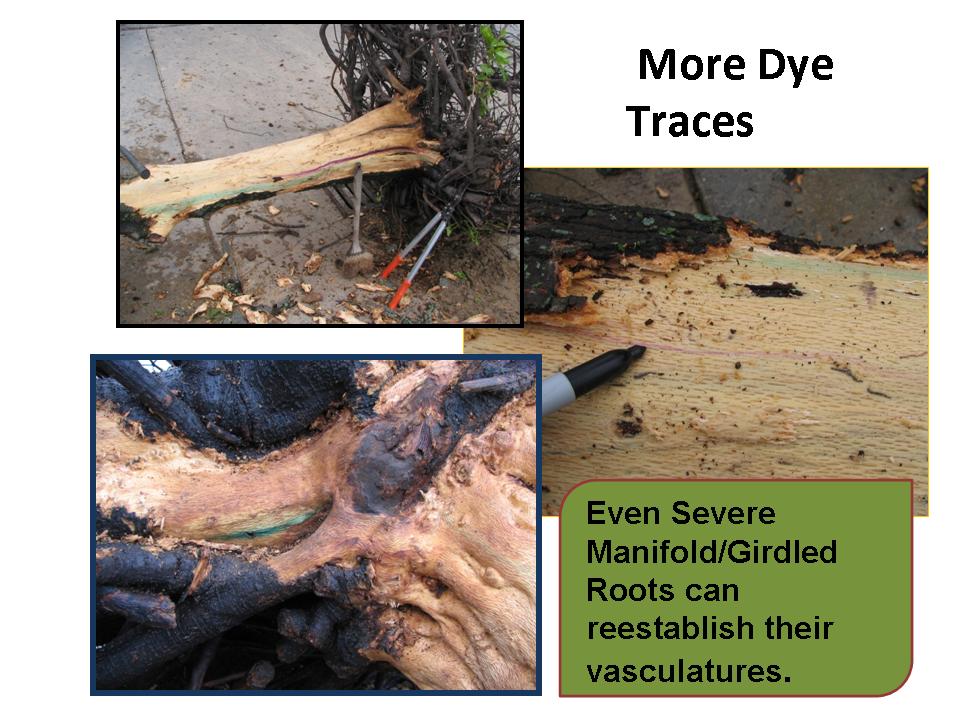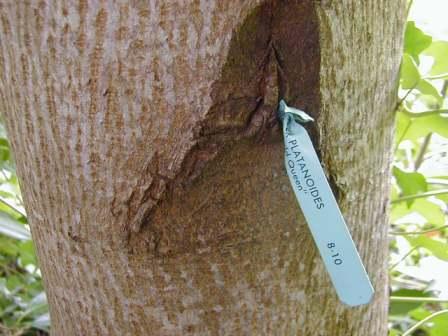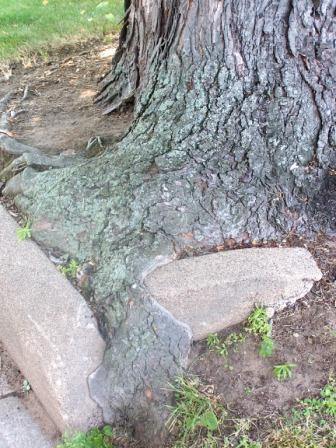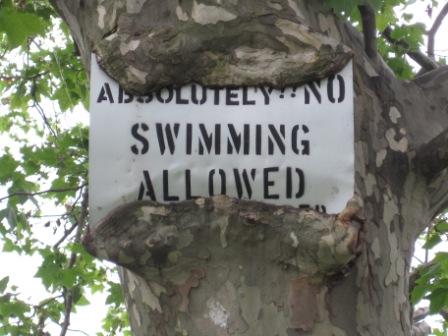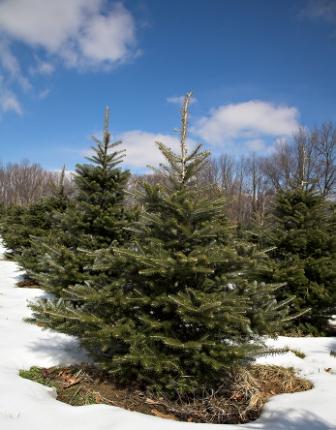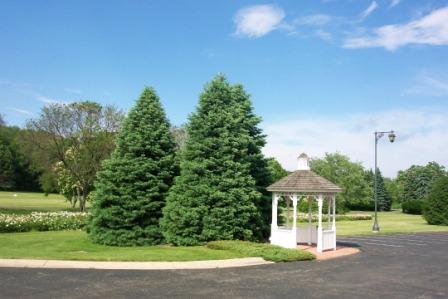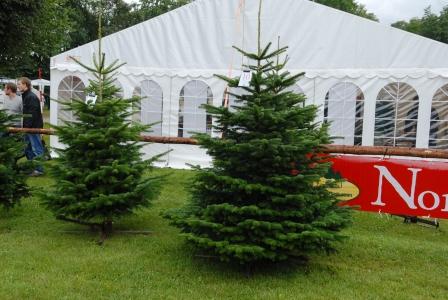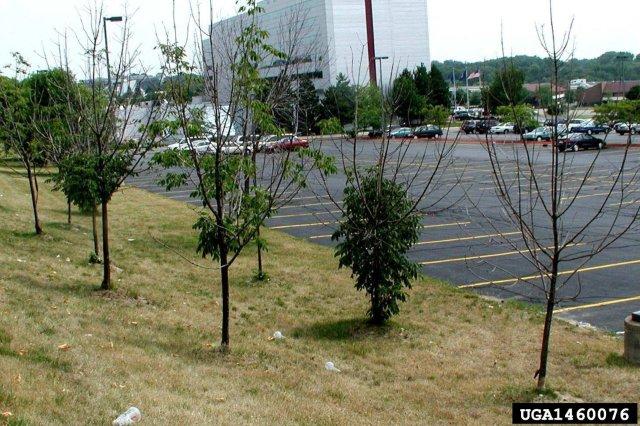
This week is our annual Great Lakes Trade Expo, the main trade show and education venue for Michigan nursery and landscape industry. One of my talks was for the Arboriculture track on landscapes conifers. The theme this year was “The Good, the Bad, and the Underused.” Hey, you try giving a dozen talks a year for 10 years and see if you can come up with an original title!
The selections were based the following, admittedly subjective, criteria.
The Good: These are the all-around good guys. Conifers that are well-adapted, good growers with good form and few pest problems.
The Bad: The problem children of the conifer world. Pest magnets, spoiled prima donnas, or incessantly overused.
The Underused: Trees that have the virtues of ‘The Good’ but that tend not to attract attention.
Here are three of my selections for each of the categories. I’m interested in nominees from other sections of the country and the world.
The Good:
Eastern white pine Pinus strobus This one flirts with the overused designation but I’ll give it a nod since it’s the state tree of Michigan and figured prominently in the state’s history when Michigan was the lumbering capital of the US in the late 19th century. A fast growing tree that improves with age.
Eastern hemlock Tsuga canadensis The answer to the age-old question, ‘What conifer to you recommend for shade?’ A little finicky on site, prefers moist but well-drained – who doesn’t. But a great elegant looking tree. The main down side is the specter of hemlock wooly adelgid looming to our south.
Alaska false cypress Chamaecyparis nootkatensis (Xanthocyparis nootkatensis). Lot of confusion over the nomenclature but no question this is a great landscape tree. Graceful, weeping habit; good growth rate; and few pests in this area (knock on wood).
The Bad.
Scots pine Pinus sylvestris Is there a pest that doesn’t affect this tree? Our Forest Entomologist, Dr. McCullough, had a grad student count up all the pests that affect Scots pine and they lost count after 30. Borers, tip moths, needlecasts… the hits keep coming. The problems are exacerbated around here because of abandoned Christmas tree plantations that serve as insect breeding grounds and fungal infection courts.
Austrian pine Pinus nigra Austrian pine is a frustrating tree. In some respects it is the perfect conifer for our region. A great looking tree with dark green needles. Good growth rate, cold hardy, drought hardy, tolerates road salt. Everything you could want in a tree and then some. Then the trees get about 15 years old and the wheels fall off. Diplodia tip blight, dothistoma needle blight… Austrian pine is the ugly duckling in reverse; looks great when young and then, blechh…
Colorado blue spruce Picea pungens The tree everyone loves to hate, yet we keep planting it. I suppose it’s the allure of the blue that people can’t resist. It’s like that bad boyfriend; you know he’ll do you wrong but… He’ll lure you in with those baby blues then start hanging out with those low-life Cooley adelgids, then hook up with rhizosphaera needlecast. And by the time the cytospora cankers start hanging out you know this relationship is going nowhere.
The underused
Swiss stone pine Pinus cembra Renowned conifer aficionado ‘Chub’ Harper used to remark, “I never met a cembra I didn’t like.” Cembras are great trees, good growers with consistently good form. Underused but worth looking for.
Korean fir Abies koreana I wrote about Korean when in discussion alternative Christmas trees but it also makes a good landscape tree. In our area we can expect about 1’ of height growth per year. Symmetrical form; short needles with silvery undersides, and conspicuous cones. Lot to like about Korean fir.
Dawn redwood Metasequoia glyptostaboides A fast-growing deciduous conifer with wonderful pyramidal form. Dawn redwood is also an interesting botanical story. Only known to science from fossil records, an isolated population was discovered in China in the 1940’s. Seed were imported into the U.S. and the tree has been found to be broadly adapted.
<p xm


